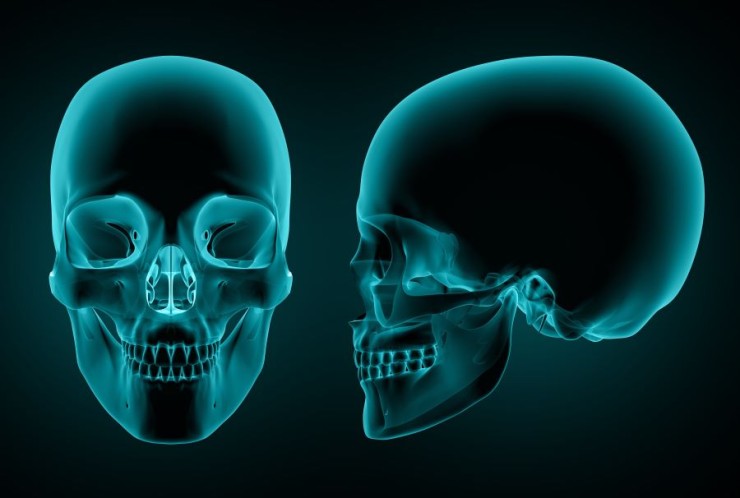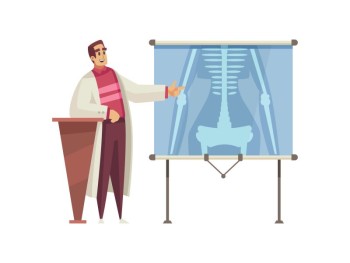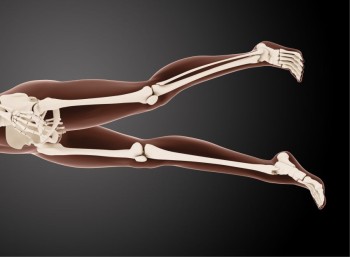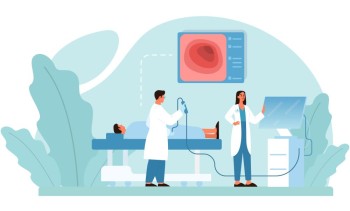
PNS X-ray, or Paranasal Sinus X-ray, is a diagnostic imaging technique specifically designed to capture detailed images of the paranasal sinuses.
PNS X-ray in India with Cost
PNS X-ray: Unveiling the Intricacies of Paranasal
Sinus Imaging
Introduction
PNS X-ray, or Paranasal Sinus X-ray, is a diagnostic imaging technique specifically designed to capture detailed images of the paranasal sinuses. These air-filled spaces around the nose and eyes play a crucial role in respiratory and immune functions. Understanding the nuances of PNS X-ray is essential for both healthcare professionals and individuals seeking insights into sinus-related conditions.
Purpose of PNS X-ray
The primary purpose of a PNS X-ray is to assess the paranasal sinuses for abnormalities, infections, or blockages. Healthcare providers often recommend this imaging method to diagnose conditions such as sinusitis, nasal polyps, or structural issues within the sinuses.
Procedure of PNS X-ray
The PNS X-ray procedure involves the patient being positioned by a radiologic technologist. The X-ray machine is then focused on the paranasal sinus area, capturing images from various angles. The process is quick and typically painless, providing valuable information for diagnostic purposes.
Preparation for the X-ray
Patients undergoing a PNS X-ray may be required to remove any jewelry or metal objects around the head and neck area to prevent interference with the imaging. The radiologic technologist will guide individuals through any necessary preparations before the procedure.
Signs and Symptoms Leading to PNS X-ray
Healthcare providers may recommend a PNS X-ray based on symptoms such as chronic sinus pain, congestion, facial pressure, or recurrent sinus infections. Understanding the patient's medical history and symptoms is crucial for accurate diagnosis.
Understanding the PNS X-ray Images
The obtained PNS X-ray images provide a detailed view of the paranasal sinuses, including the frontal, ethmoid, sphenoid, and maxillary sinuses. Radiologists analyze these images to identify any abnormalities, inflammation, or structural issues within the sinuses.
Conditions Detected by PNS X-ray
PNS X-rays are instrumental in diagnosing a variety of conditions, including sinus infections, sinusitis, nasal polyps, and anatomical abnormalities. The detailed imaging helps healthcare professionals tailor appropriate treatment plans for individuals.
Comparison with Other
Imaging Techniques
While PNS X-rays offer valuable insights, they may be complemented by more advanced imaging techniques such as CT scans or MRI for a more comprehensive evaluation, especially in complex cases. Each imaging method has its advantages, and the choice depends on the specific diagnostic requirements.
Importance in Otorhinolaryngology
In the field of otorhinolaryngology (ENT), PNS X-rays are a standard tool for evaluating sinus-related issues. Otolaryngologists rely on these images to diagnose and treat conditions affecting the paranasal sinuses effectively.
Limitations and Considerations
It's essential to acknowledge the limitations of PNS X-rays, including the challenge of visualizing soft tissues and certain structures. In cases requiring a more detailed examination, additional imaging modalities may be recommended.
What to Expect During the Procedure
During a PNS X-ray, the patient may be required to stand or sit in a specific position, and the radiologic technologist will guide them through the necessary movements for image capture. The procedure is quick, and patients may resume their regular activities afterward.
Interpreting PNS X-ray Results
Healthcare professionals, typically radiologists or ENT specialists, interpret the PNS X-ray results. They analyze the images for signs of inflammation, infection, or structural abnormalities, aiding in accurate diagnosis and treatment planning.
Safety Measures During PNS X-ray
PNS X-rays involve minimal radiation exposure, and the benefits of obtaining critical diagnostic information generally outweigh the risks. Pregnant individuals or those with concerns about radiation exposure should communicate with their healthcare provider before the procedure to discuss necessary precautions.
Conclusion
In conclusion, PNS X-rays serve as a valuable tool in diagnosing and understanding conditions related to the paranasal sinuses. The detailed images obtained through this imaging technique enable healthcare professionals to provide targeted and effective treatment strategies for individuals experiencing sinus-related issues.
Frequently Asked Questions (FAQs)
1. How long does a PNS X-ray procedure take?
The PNS X-ray procedure is relatively quick, typically lasting about 15 to 30 minutes. However, the exact duration may vary based on factors such as the complexity of the case and patient cooperation.
2. Is there any discomfort associated with a PNS X-ray?
PNS X-rays are generally well-tolerated and involve minimal discomfort. Patients may be required to maintain specific positions during image capture, but the process is generally painless.
3. Are there any risks associated with radiation exposure during a PNS X-ray?
PNS X-rays involve minimal radiation exposure, and the benefits of obtaining crucial diagnostic information usually outweigh the risks. Pregnant individuals or those with concerns about radiation exposure should communicate with their healthcare provider to discuss necessary precautions.
4. Can children undergo PNS X-rays?
Yes, PNS X-rays are safe for children when necessary. The radiation exposure is minimal, and healthcare providers take necessary precautions to ensure the child's safety during the procedure.
5. How soon can I expect the results of a PNS X-ray?
The results of a PNS X-ray are typically available shortly after the procedure. Your healthcare provider, often a radiologist or specialist, will interpret the images and discuss the findings with you during a follow-up appointment.
6. Are there alternatives to PNS X-rays for sinus-related issues?
In some cases, more advanced imaging techniques such as CT scans or MRI may be recommended for a more comprehensive evaluation. Your healthcare provider will determine the most suitable imaging method based on your specific needs.
7. Can PNS X-rays detect sinus infections?
Yes, PNS X-rays are effective in detecting signs of sinus infections, including inflammation and fluid accumulation. These images aid healthcare professionals in formulating accurate diagnoses and treatment plans for sinus-related conditions.
8. Is any special preparation required before a PNS X-ray?
Patients undergoing a PNS X-ray may be required to remove jewelry or metal objects around the head and neck area to prevent interference with the imaging. The radiologic technologist will provide specific instructions before the procedure.
9. Can PNS X-rays identify nasal polyps?
Yes, PNS X-rays can help identify nasal polyps. These images provide detailed views of the paranasal sinuses, allowing healthcare professionals to detect abnormalities, including the presence of nasal polyps.
(0)
Login to continue



